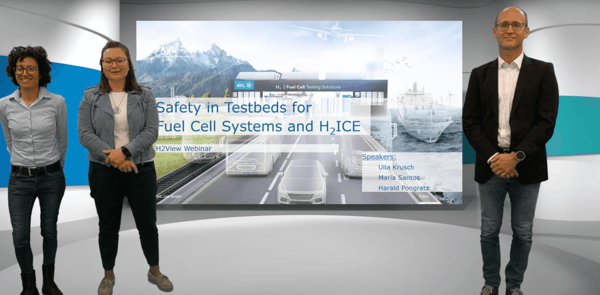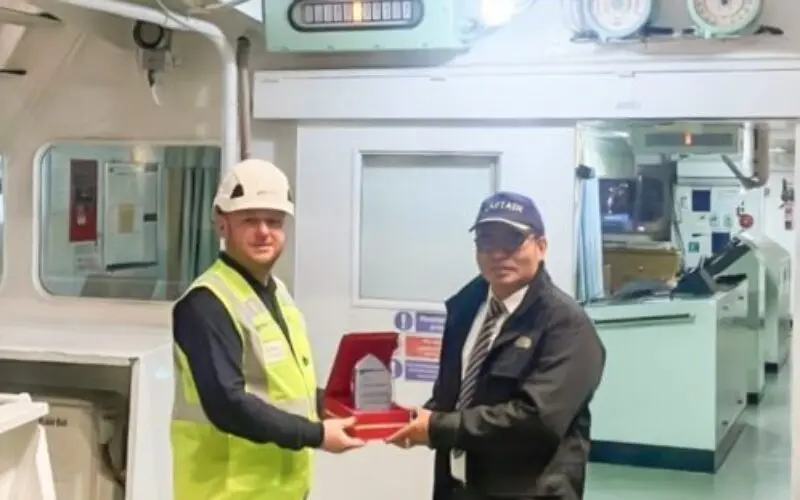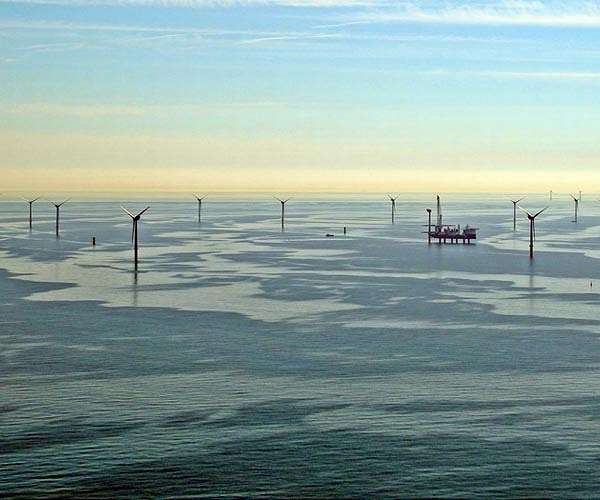
Safety for hydrogen ICE and fuel cell testbeds in focus on H2 View Showcase Webinar
A H2 View Showcase Webinar has heard that new standards and regulations hydrogen internal combustion engines (ICEs) and fuel cell system testbeds for must be developed.
Ulla Krusch, System Line Manager at AVL, told viewers, that hydrogen will become the “common denominator” across various industries. “New needs must be considered in testing infrastructure,” she said.
Kursch continued, “Hydrogen, due to its properties has to be handled with care. New standards need to be developed. A lot of experience is needed to build up safe testing infrastructure.”
The webinar, presented by AVL, had earlier heard from Harald Pongratz, Department Manager Facility Engineering at AVL, who said, “Hydrogen, with 33kWh/kg has more than two times the energy content compared to propane.”
“With the low relative density, the low ignition energy needed for a fire or explosion, together with the high limits of flammability gives an understanding as to why safety on hydrogen is so important,” he added.
In the context of test centres for fuel cell systems and ICEs, Pongratz said, “Hydrogen is the lightest element in the periodic table, and it tends to have high diffusion, which means if hydrogen leaks, it fills the upper area of the room, or can escape to other parts of the facility. Therefore, it’s so important to understand the sources of leakage.”
“For a hydrogen facility, a proper ventilation in the ceiling area is mandatory,” Pongratz told viewers. “Gas detection must be placed on the ceiling.”
However, he said, “With the understanding of the potential dangers of hydrogen, and the proper risk mitigation system, we are able to build the future of mobility.”
Maria Santos, Application Manager at AVL, explained that despite there being similar requirements across testbeds for both ICEs and fuel cells, differences remain, and centres should react accordingly.
For ICE’s Santon said, “We have to look to the engine performance challenges. The NOx emissions are very important because in very low lambda (wavelength), we will have very high emissions, which means you will have to move towards lean combustion.”
She continued, “We also have to deal with the direct injection. We have low pressure as well as high pressures of over 200 bar. This is important because it will define the quality of the releases in the test, the maximum concentrations and the complexity of the whole safety system.”
Couldn’t catch the webinar? You can watch the whole thing back on demand on gasworld.tv.
A Successful Ecosystem for Green Hydrogen – London
Join H2 View in London, one of the foremost investment capitals of the world, for a 1.5-day event devoted to thought leadership, insights, and actionable takeaways in the green hydrogen ecosystem, combined with the connections and networking to deliver against those objectives.
This H2 View hydrogen summit is dedicated to dissecting the ecosystem requirements to truly realise a green hydrogen-fuelled future across industries, transport, and society. This event will tackle all sides of the energy ecosystem, from wind and solar power requirements to additionality, water sustainability, electrolyser technologies, and investment and policy climate.
You can find more information at h2-viewevents.com.







